Great Salads Start with Fresh Express
Ever wonder about the greens that go into your salad? Use this Guide to Greens to find out which types of salad you might love, what they taste like, and how to use them in your salad creations. We can’t wait to see what you will come up with – after all, the options are endless.
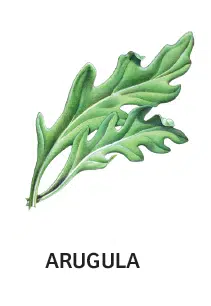

Arugula or rocket is a member of the cabbage and mustard green family, which explains its signature peppery bite. The leaves tend to be dark green in color with deep notches up and down both sides. Some leaves have full, round ends while others are pointed.
Flavor: Arugula has a fresh, peppery, spicy, and slightly tart flavor.
Uses: It has a green freshness that makes it a popular addition to salad blends. The peppery flavor pairs nicely with other strong flavors like salty cheeses, bright citrus, and more. It’s also used to top cooked pizzas or whirled into pesto. The greens can also be sautéed for a mild side dish or added to soups, pasta, and other dishes. The flavor of cooked arugula is more mellow than when raw.
Dressing: While the flavor is strong, the leaves are delicate, so use a light, sweet vinaigrette. Arugula will dramatically wilt under thick dressings like ranch or blue cheese, so use a simple dressing of lemon juice, olive oil, salt, pepper, with just a touch of honey.
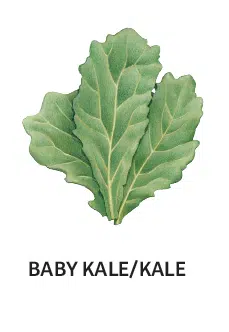

Kale, or leaf cabbage, belongs to a group of cabbage grown for their edible leaves, although some are used as ornamentals. The central leaves of kale plants do not form a head. One may differentiate between kale varieties according to the low, intermediate, or high length of the stem, along with the variety of leaf types—curly, bumpy, plain—and the color of leaves—light green to dark green and violet-green, to violet-brown. Kale is full of vitamins and minerals which makes it a popular choice for healthy eating.
Flavor: Kale has a strong and earthy flavor and the leaves are dry, tough, and crunchy. Baby kale has softer, thinner leaves and a milder flavor.
Uses: Kale can be eaten raw or cooked. Typically, the leaves are removed from the thick stem and chopped. Massaging the leaves with lemon and olive oil will make them more tender when eaten in salads. The leaves can also be baked or fried to make kale chips, sautéed to make a side dish, or used in smoothies. Baby kale leaves are smaller and thinner than mature kale and can be used in salads, smoothies, or sautéed and used similarly to baby spinach.
Dressing: Kale is rough and sturdy, so a good acidic vinaigrette is a must. Acids, such as lemon juice, break down the cellular structure and softens the leaves. Toss the kale leaves with an acidic dressing and let it sit for a couple of minutes before serving.
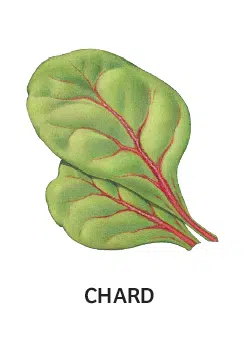
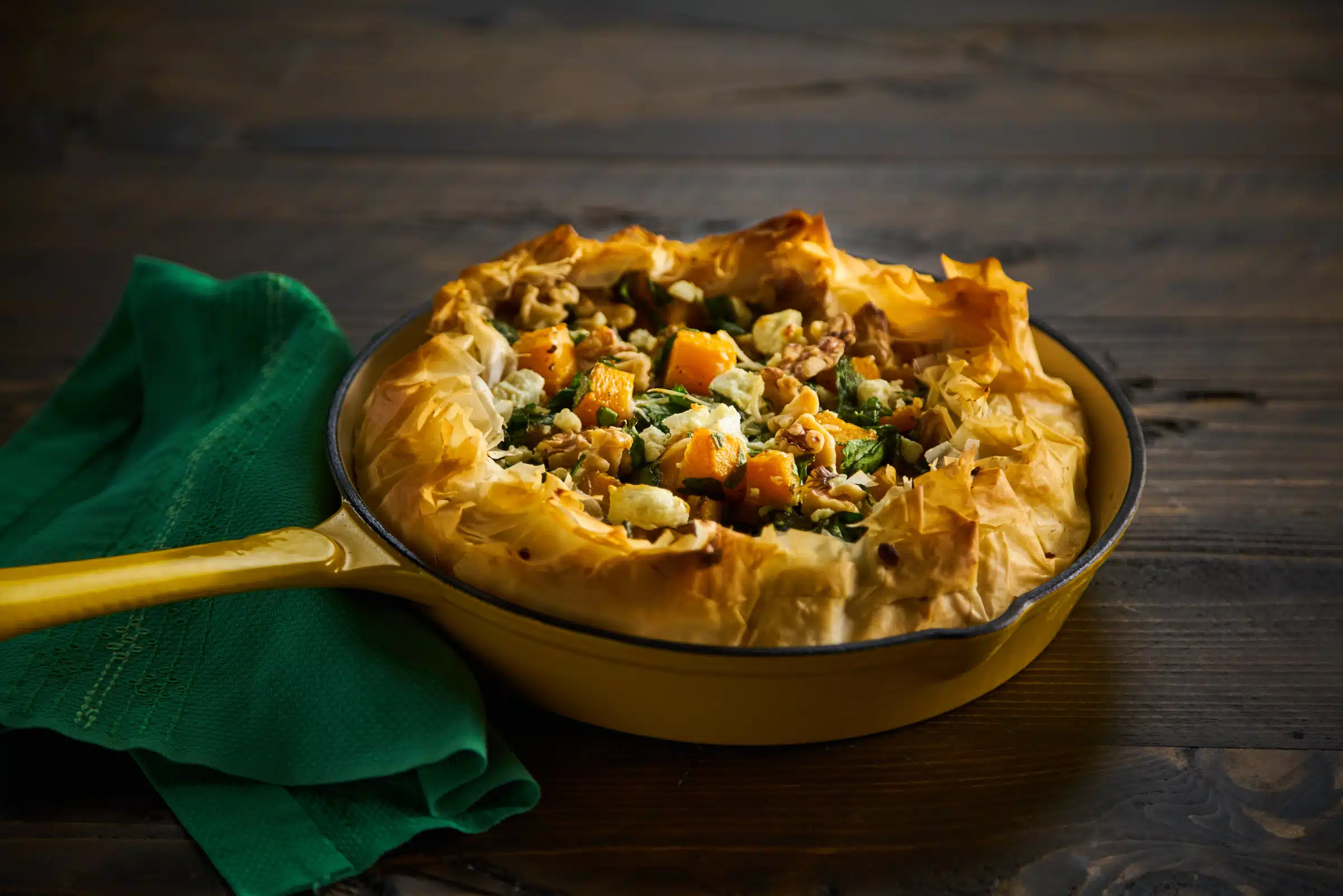
Baby Red Swiss chard are the young, immature leaves of mature chard and resemble young beet greens or baby red spinach, which are in the same family. The elongated oval leaves have delicate, thin red stems and veins. Chard is known to be a nutritional powerhouse vegetable packed with vitamins and nutrients.
Flavor: The delicate leaves are sweet and lack the developed bitterness and earthiness that makes mature chard varieties less favorable to many palates.
Uses: Baby Red Swiss chard is often found in salad mixes to add earthy flavor and rich red color. It can also be used in any recipe calling for spinach or baby kale, especially in the raw form. When cooked, it is best lightly sautéed with other greens in olive oil.
Dressing: A simple vinaigrette with some sweetness works best.
Good Source of Vitamin C
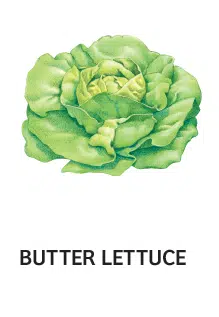
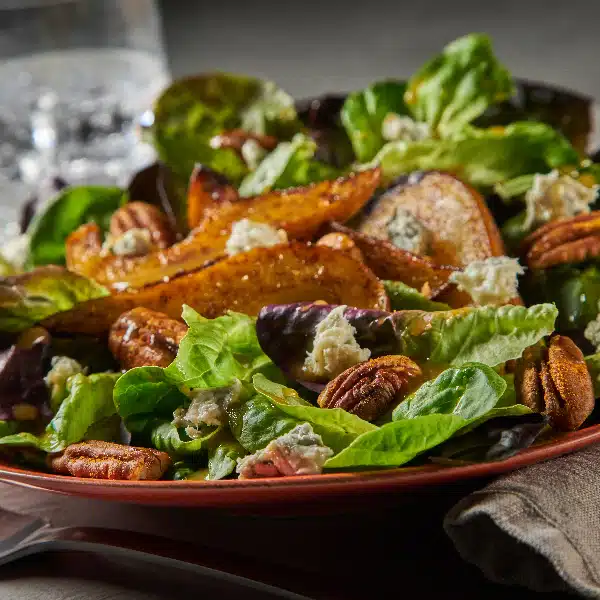
Butter lettuce, also known as butterhead, Boston, bibb or leaf lettuce, has soft, buttery-textured leaves that form very loose “heads” and range in color from pale green to purple/red. Leaf lettuce is known as the “cut and come again” lettuces as they can be harvested multiple times from a single plant. They are great short season varieties as well as more heat-tolerant than head lettuce.
Flavor: Butter lettuce has a mild, sweet flavor and a tender texture.
Uses: Because the leaves are nice and large, butter lettuce is great to use as a “carrier” for tacos, wraps, and other “filling” style recipes. In a salad, it pairs well with sharp flavors, like strong cheeses, citrus and meat.
Dressing: Due to the tenderness of the leaves, use vinaigrettes instead of heavy dressings.
Good Source of Vitamin A & Folate
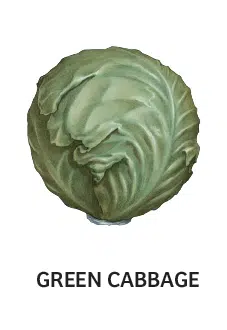
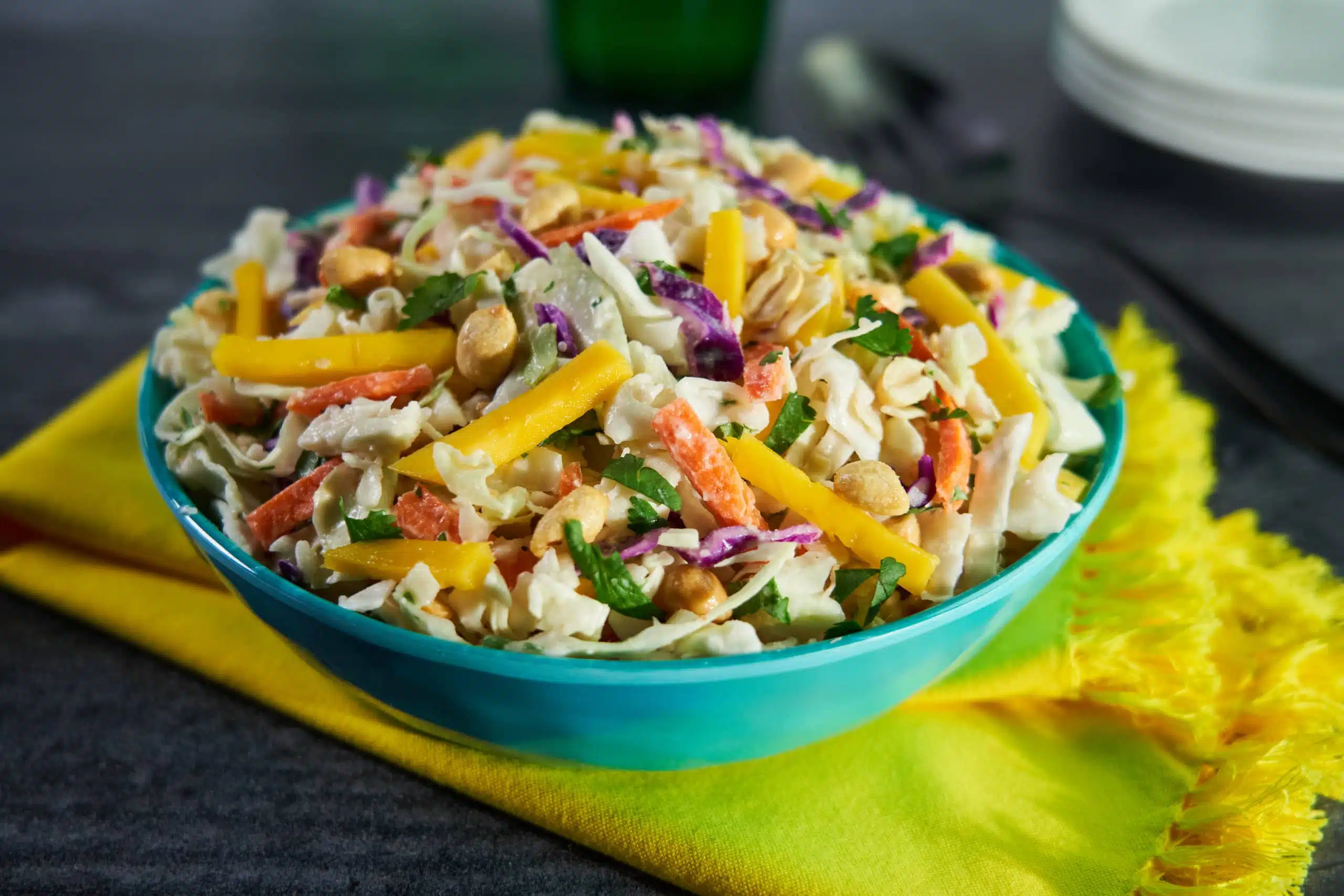
Green cabbage is a leafy green vegetable that grows in tight, spherical heads, thus its nickname of cannonball cabbage. It’s a cruciferous vegetable, along with broccoli, cauliflower, Brussels sprouts, and kale. Leafy and crunchy, it’s a staple food in Eastern European countries as well as in Ireland.
Flavor: Green cabbage has a mild, peppery flavor which becomes less pronounced by cooking. It can give off a sulfurous smell during the initial phase of cooking, but this tends to dissipate as the sulfur compounds cook away.
Uses: The core of the cabbage is generally removed before preparing as it can be too tough to eat. Cabbage can be eaten raw, cooked, pickled, or fermented. It’s the main ingredient in classic American coleslaw. Some of the most common cooking techniques for cabbage include stir-frying, sautéing, steaming, roasting, and braising. Because cabbage leaves are quite sturdy, they can be steamed and then stuffed with ground meat, rice, or other grains. It’s also a common ingredient in various types of soups, and can be pickled to make sauerkraut or fermented to make kimchi.
Dressing: Raw cabbage is crunchy and hearty and will stand up to thick, creamy dressings. Adding a little sweet, a touch of heat or another bold ingredient to the dressing will enhance the salad.
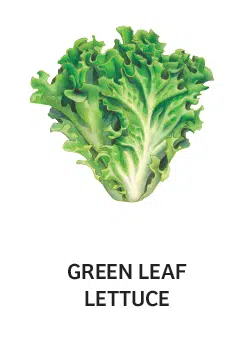
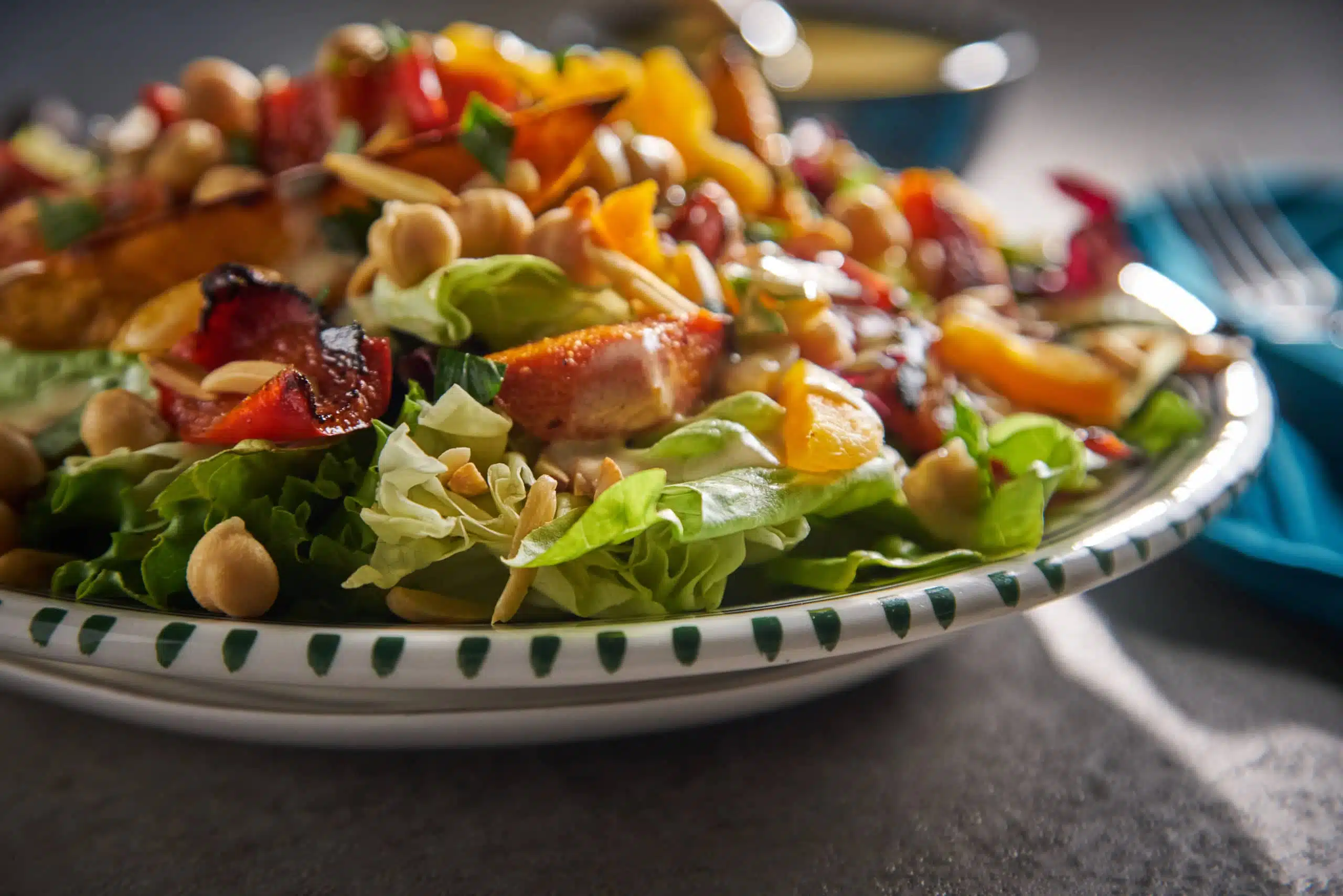
Leaf lettuce, also known as loose-leaf lettuce, is unique in that it grows from a central stem that produces single, branched leaves versus an entire, compact head. The loosely bunched leaves are tender, smooth, and broad with many curls and frills. The edges of the leaves are dark to bright green in green leaf lettuce and dark red and purple in red leaf lettuce. Leaf lettuce is often incorporated into baby lettuce mixes to add texture and color.
Flavor: The tender leaves of red and green leaf lettuce are mild in flavor but not as crisp as those of romaine or iceberg.
Uses: Leaf lettuce is very versatile. It can be used in a salad on its own or blended with other greens to add texture and color. In addition, use it in sandwiches, burgers, and wraps—or even as a bread substitute for a wrap.
Dressing: A light citrus vinaigrette is sufficient.
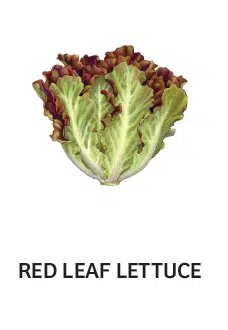
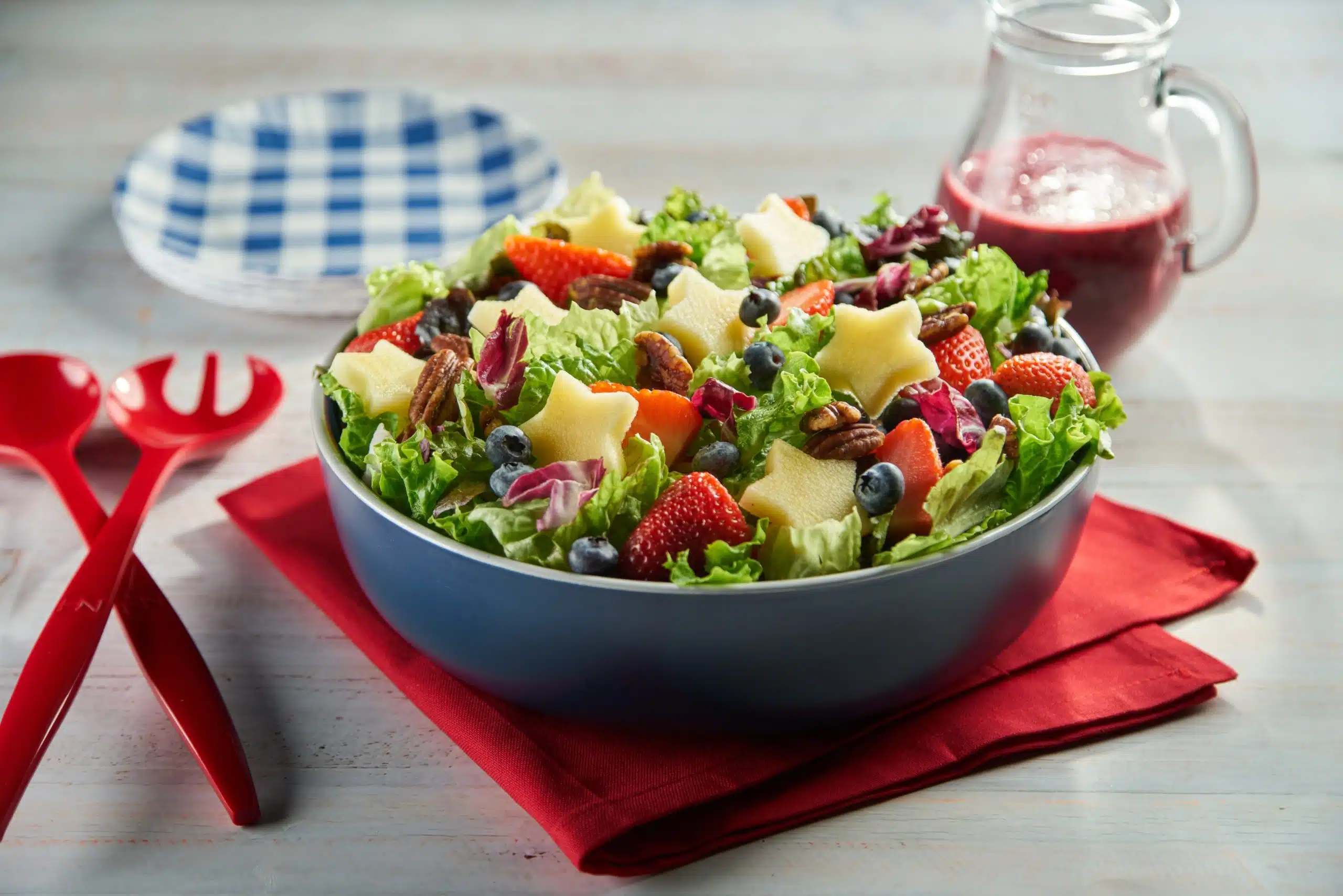
Leaf lettuce, also known as loose-leaf lettuce, is unique in that it grows from a central stem that produces single, branched leaves versus an entire, compact head. The loosely bunched leaves are tender, smooth, and broad with many curls and frills. The edges of the leaves are dark to bright green in green leaf lettuce and dark red and purple in red leaf lettuce. Leaf lettuce is often incorporated into baby lettuce mixes to add texture and color.
Flavor: The tender leaves of red and green leaf lettuce are mild in flavor but not as crisp as those of romaine or iceberg.
Uses: Leaf lettuce is very versatile. It can be used in a salad on its own or blended with other greens to add texture and color. In addition, use it in sandwiches, burgers, and wraps—or even as a bread substitute for a wrap.
Dressing: A light citrus vinaigrette is sufficient.
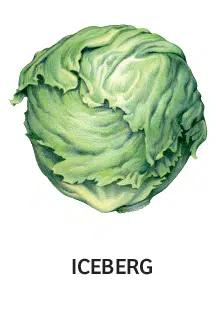
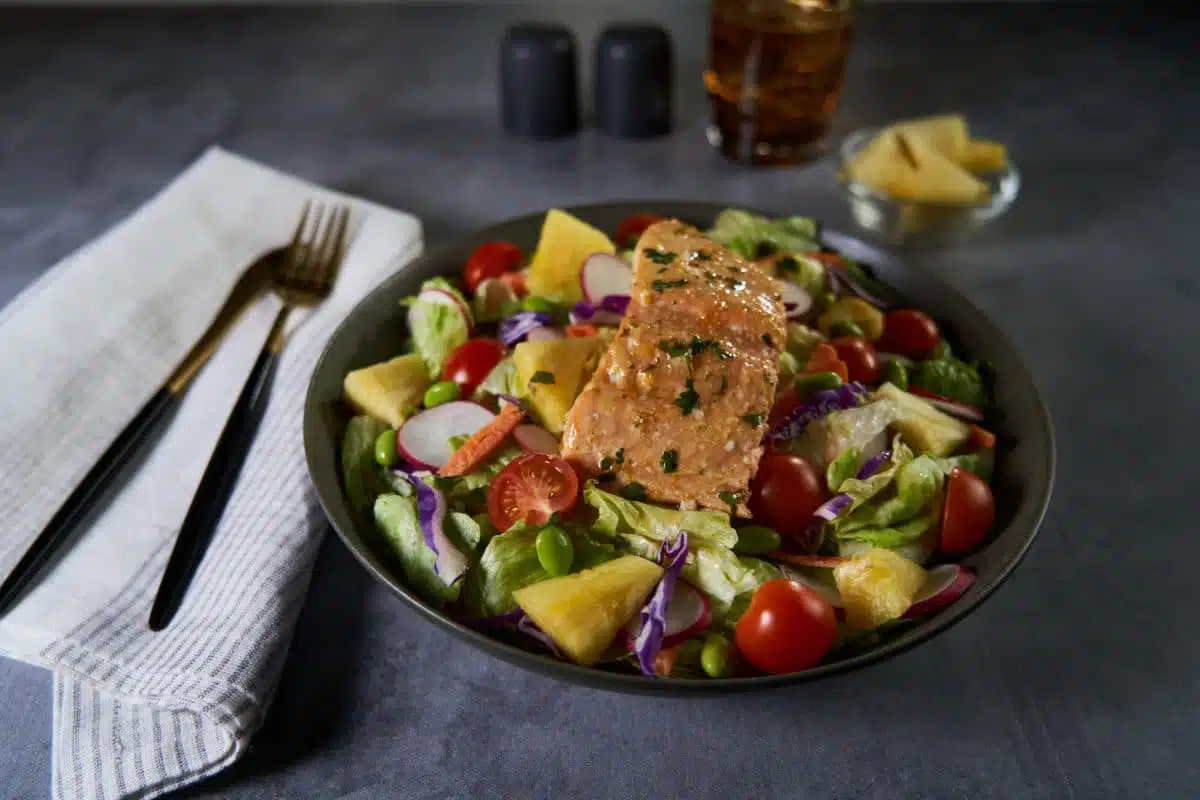
Iceberg lettuce, also known as crisphead lettuce, is the most popular type in the U.S. It has pale green leaves and grows in round heads. The name comes from the way the lettuce was originally packed and transported, on crushed ice, making the heads look like icebergs.
Flavor: Iceberg lettuce has great crunch but is very mild in flavor and nutritional content, being composed of more water than other lettuce types.
Uses: Most often used for salads, iceberg is also used as a topping for sandwiches, burgers, wraps, and tacos (shredded).
Dressing: Iceberg lettuce pairs well with almost any type of dressing—from strong-tasting and lighter-flavored dressings to creamy dressings and vinaigrettes.
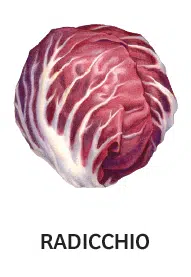
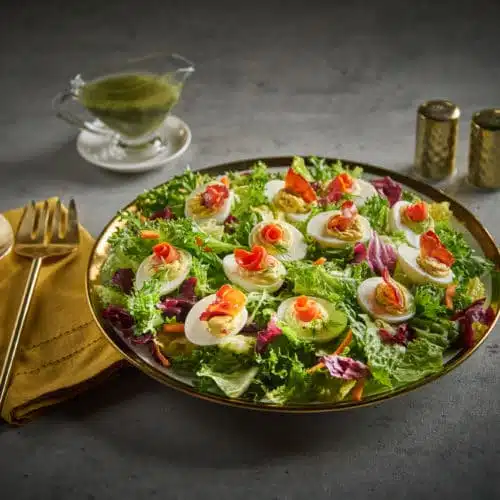
Radicchio is a cultivated form of leaf chicory, sometimes known as Italian chicory because of its common use in Italian cuisine. It has colorful white-veined red leaves that form a small head. In Italy, radicchio varieties are named after the towns in the Veneto region of northern Italy where they are grown.
Flavor: Radicchio owes its bitter and spicy flavor to naturally occurring chemical compounds released when the vegetable is cut or chewed. These bitter compounds are water soluble, so the bitterness can be reduced by soaking the cut leaves in water. The flavor also mellows when radicchio is cooked.
Uses: Use it raw in a salad mix, or add it as a garnish to cooked pasta, risotto, or soup. It can also be grilled, or chopped for use in stuffing, or an ingredient for a tapenade.
Dressing: Bitter and tender, radicchio needs a rich dressing to balance the bitterness without weighing it down. Use a light citrus or balsamic dressing and add a bold flavor, like mustard, and a little sweetness, like honey.
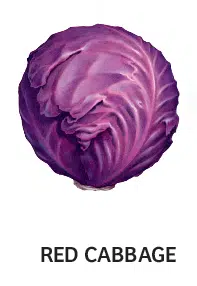

Red cabbage is a variety of cabbage, also known as blaukraut after being cooked. Its dark red/purple color comes from the pH levels of the soil in which it’s grown as well as the pigment that comes from the nutritionally valuable anthocyanins it contains. Of the two cabbage varieties, red cabbage heads are smaller and denser than green cabbage heads.
Flavor: The flavor of red cabbage is a little deeper and earthier than green cabbage.
Uses: Red and green cabbage can be used interchangeably in most recipes. Red cabbage adds a vibrant color to coleslaw and leafy green salad mixes. That vibrant color can turn an unappetizing blue color when cooked so, add a touch of vinegar to lock in the color. Sweet and sour red cabbage is a signature German side dish.
Dressing: Red cabbage, like green, is crunchy and hearty and will stand up to thick, creamy dressings. Using a bright, sharp, seasoned dressing will draw out the sweetness of red cabbage.
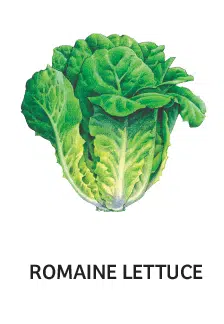
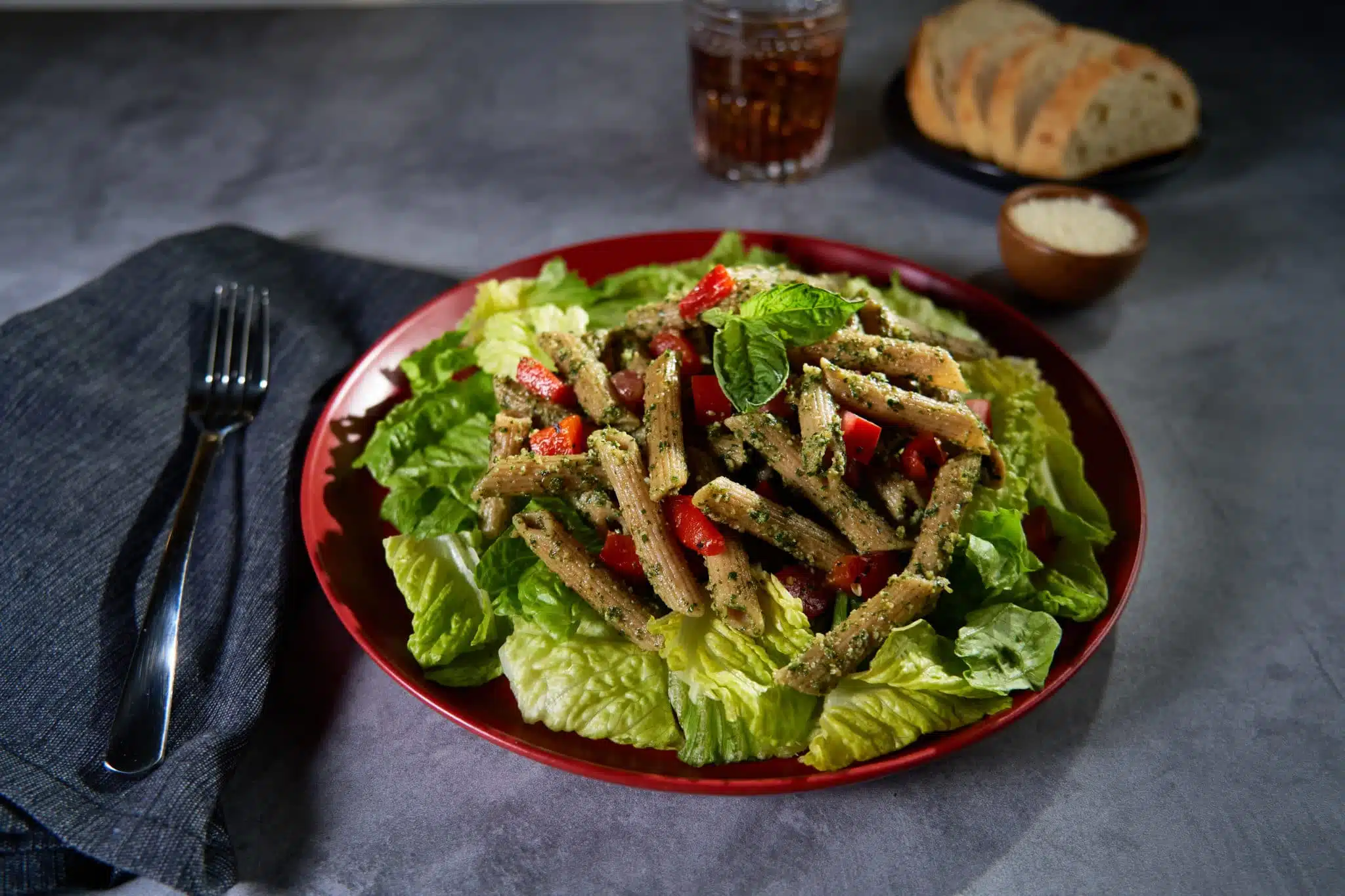
Romaine or cos lettuce is a variety of lettuce that grows in a tall head of sturdy dark green leaves with firm ribs down the center. It is one of the few varieties that grow upright and is tolerant of heat. It is commonly sold in whole heads or as hearts, which means the outer leaves are removed leaving only the tender, pale inner leaves. Romaine lettuce has been around for thousands of years and is still popular worldwide, favored for its mild taste, firm stalks, and crunchy texture.
Flavor: Romaine lettuce is crisp and crunchy with a mild, slightly bitter taste.
Uses: The most common use is in salads, particularly in a Caesar Salad. It can also be used as a topping for sandwiches, burgers, and wraps. The whole head can even be grilled.
Dressing: Romaine lettuce pairs well with almost any type of dressing — from strong-tasting and lighter-flavored dressings to creamy dressings and vinaigrettes.
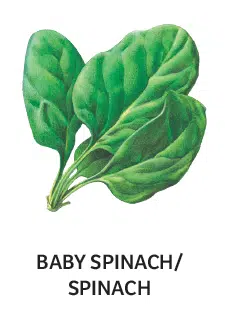
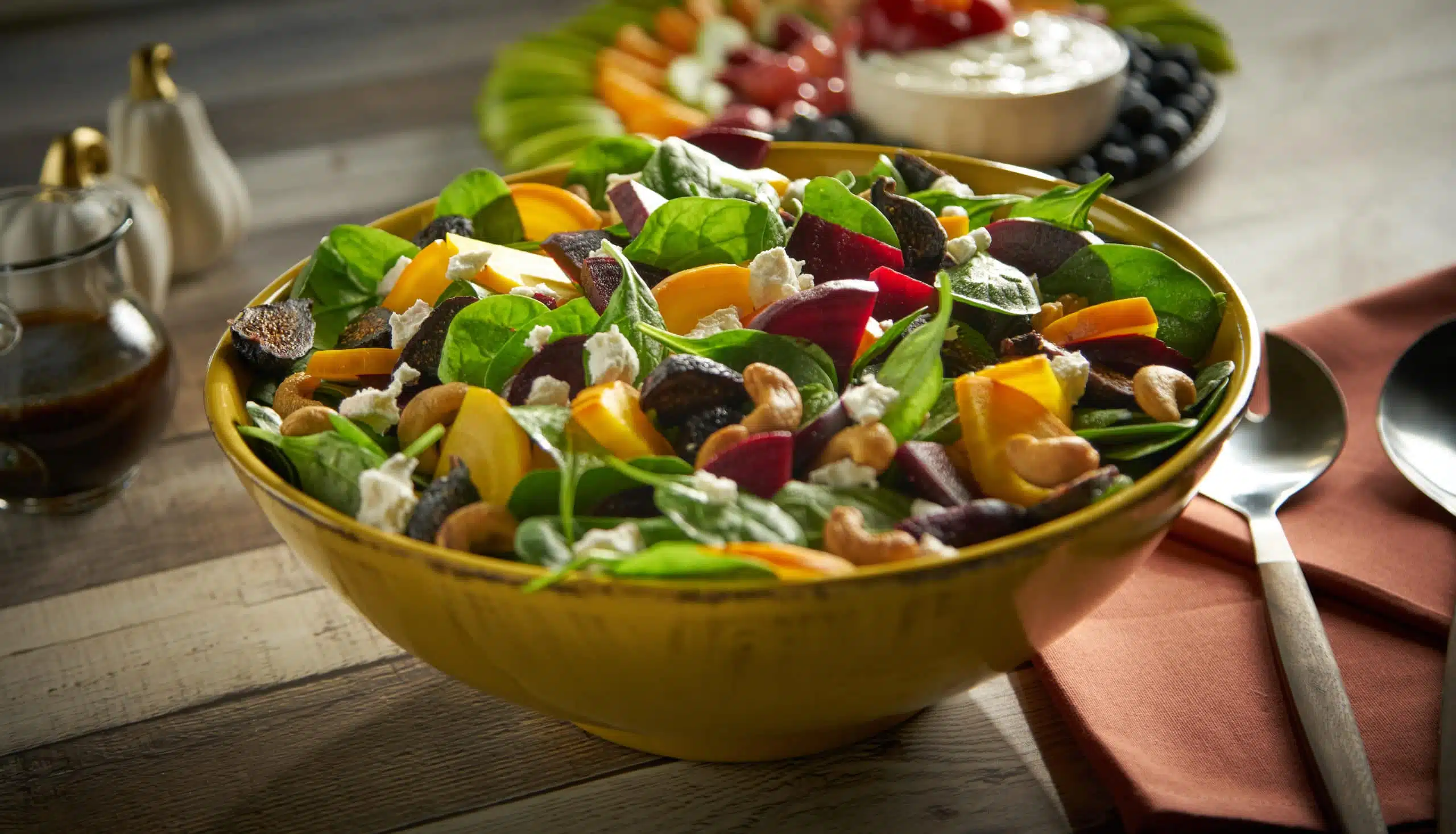
Spinach is a leafy green flowering plant, with dark green, spoon-shaped leaves. It is one of nature’s highest nutrient dense foods and is linked to numerous health benefits. Spinach is available fresh — in bunches, or as loose leaves — frozen, or canned.
Flavor: Spinach leaves have a subtle, vegetal flavor but, when cooked, its flavor becomes more acidic and robust. Depending upon maturity, spinach can be sweet, earthy, nutty, and even tangy.
Uses: Spinach can be served raw in a salad or smoothie or added as an ingredient to many dishes including dips, sauces, stir fries, and protein such as meatballs or roasts. It can enhance just about any dish.
Dressing: Spinach leaves are delicate and just a splash of light vinaigrette works well. Heavy dressings will weigh down the leaves but, a hot bacon dressing is a favorite pairing. Dress the salad just before serving.




